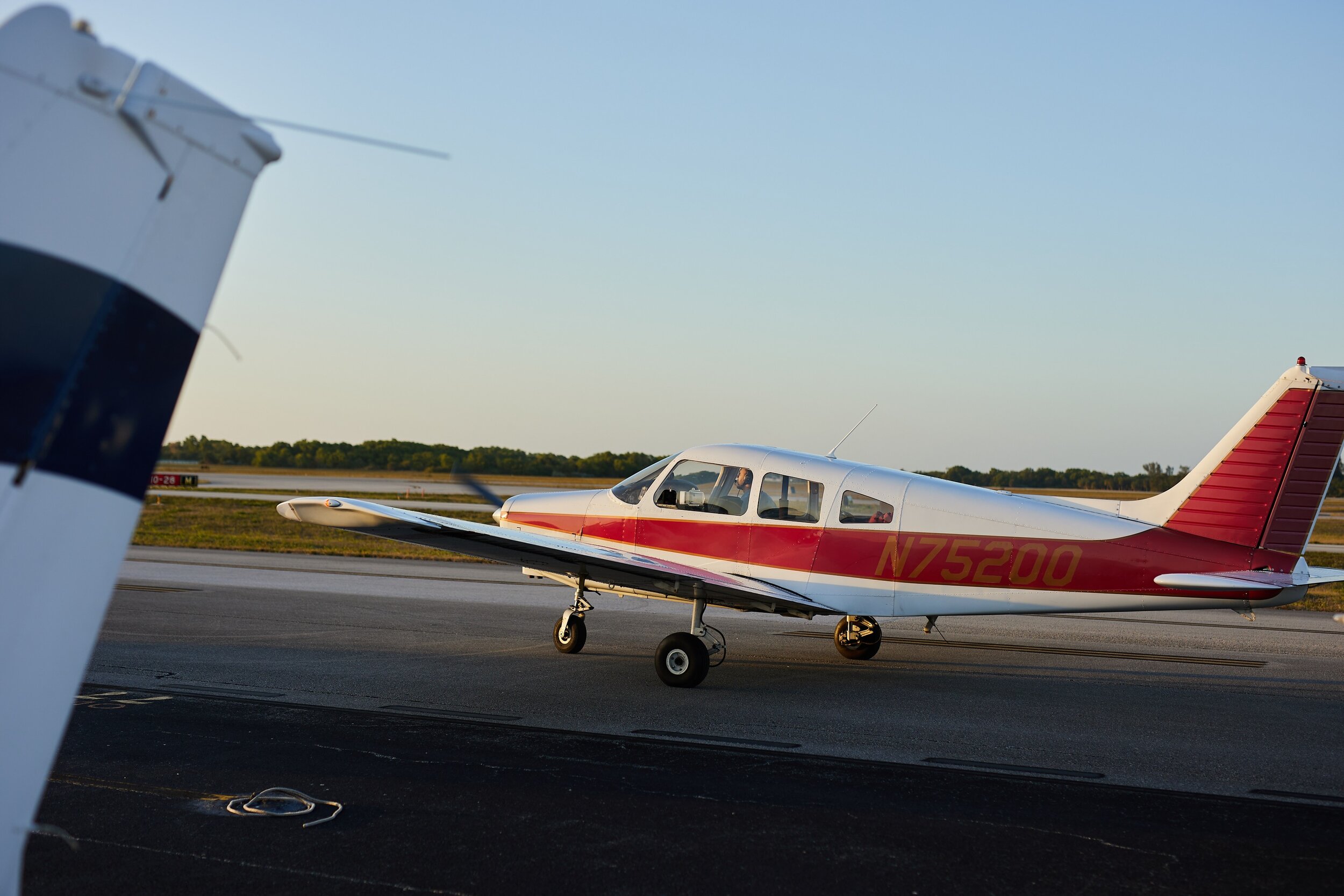
Commercial Pilot Course
Our commercial pilot training program helps you get both theoretical knowledge and practical skills needed for demonstrating proficiency during the exam. As a result, you will be prepared for whatever your future career may hold. After successfully completing this program, you will be able to call yourself a 'professional pilot.'
So according to 14 CFR § 61.129, commercial pilot applicants training under Part 61 must have logged at least 250 hours, which must include the following:
100 hours of flight time in powered aircraft, including 50 hours in airplanes.
100 hours of pilot-in-command flight time, which includes at least—
50 hours in airplanes; and
50 hours in cross-country flight, of which at least 10 hours must be in airplanes.
20 hours of training on the areas of operation listed in §61.127(b)(1) - Flight Proficiency of this part that includes at least—
10 hours of instrument training using a view-limiting device, including attitude instrument flying, partial panel skills, recovery from unusual flight attitudes, and intercepting and tracking navigational systems (note that instrument training for a commercial certificate must be done by a CFII, and simply having an instrument rating does not satisfy this requirement if your logbook does not clearly reflect the completion of these tasks);
10 hours of flight training in a complex airplane, a turbine-powered airplane, or a technically advanced airplane (TAA);
One 2-hour cross country flight during daytime conditions covering a total straight-line distance of more than 100 nautical miles from the original point of departure;
One 2-hour cross country flight during nighttime conditions covering a total straight-line distance of more than 100 nautical miles from the original point of departure; and
3 hours of flight instruction with an authorized instructor during the preceding 2 calendar months before the practical test.
10 hours of solo flight time or 10 hours of flight time performing the duties of pilot in command with an authorized instructor, on the areas of operation listed under §61.127(b) that include —
A cross-country flight of at least 300 nautical miles totals, with landings at a minimum of three points, one of which is a straight-line distance of at least 250 nautical miles from the original departure point; and
5 hours in night VFR conditions, including 10 takeoffs and 10 landings (with each landing involving a flight in the traffic pattern - not “touch and goes”) at an airport with an operating control tower.












































